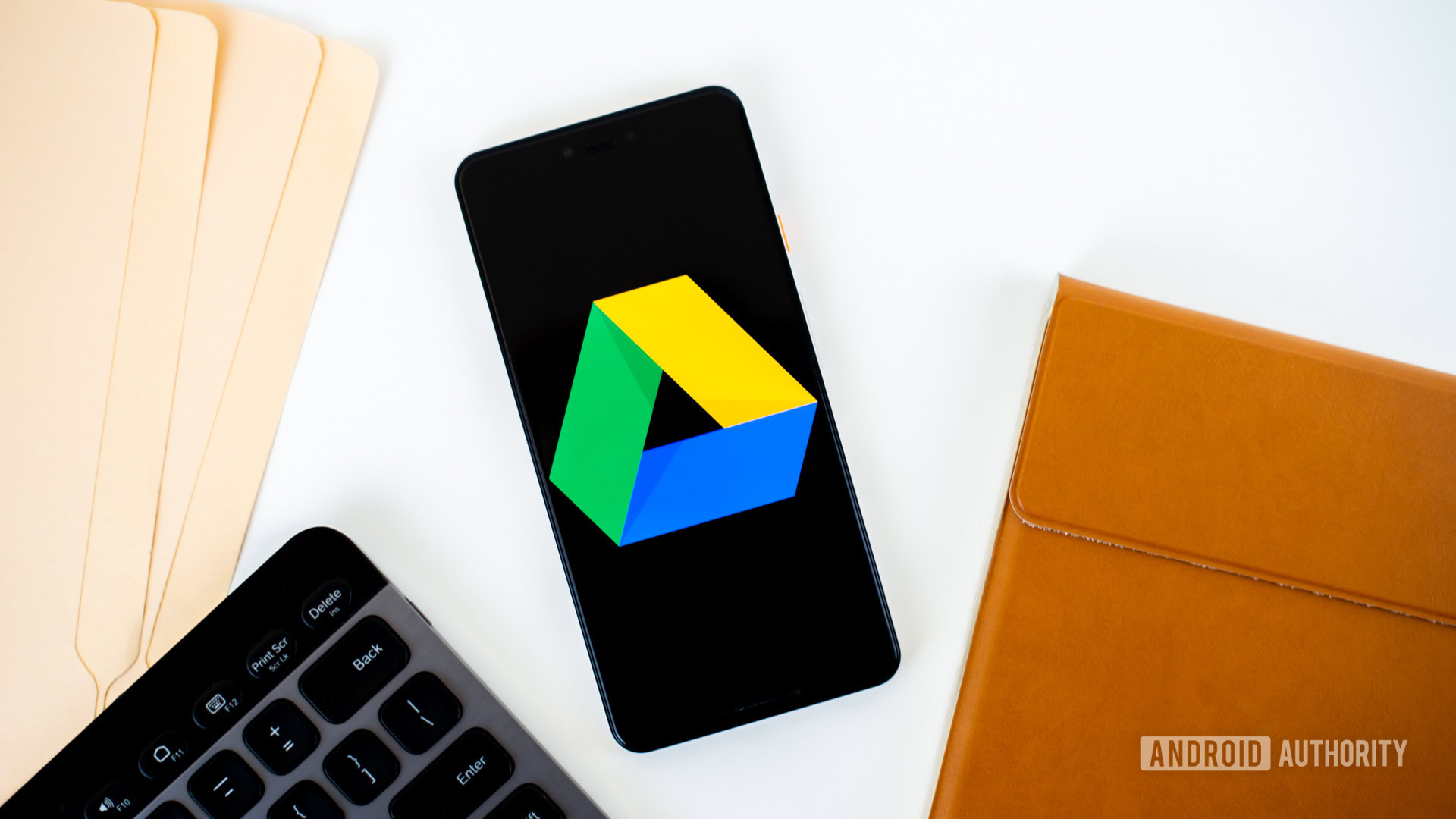Affiliate links on Android Authority may earn us a commission. Learn more.
Is Google Drive blocked? Here's how you can try to fix it
You may need to reach out if the Drive folder isn't your own.
By
•
Published onNovember 27, 2023
•
•
Google Drive is critical to a lot of people these days — it comes with any Google account, so it’s a natural place to store personal files, especially if you’re on Android or a Chromebook. Many businesses use it to share critical documents. But what do you do when it’s blocked? There are a variety of tactics you can try, depending on what’s causing the block in the first place.
How to fix Google Drive being blocked

Edgar Cervantes / Android Authority
Blocks tend to be triggered by one of three things: connection problems, software bugs, or restrictions by third parties. As such you’ll have to cherry-pick solutions from the list below based on what you think is most likely to work.
- Check your internet connection and/or proxy, firewall, or VPN settings. Naturally, if you’ve got a weak cellular or Wi-Fi signal, you won’t be able to reach Google Drive reliably. On top of that however, it’s possible that a proxy, firewall, or VPN you’re using is actively restricting Drive. View Google’s proxy and firewall guide to see what needs to be allowed. If it’s safe, it might be more convenient to disable the intermediate step.
- Update your web browser and/or the Google Drive app. Normally this won’t affect anything, but you should be keeping things up-to-date anyway, and it’ll rule out any patched issues. Note that if you’re using a browser like Chrome, it needs to have cookies and JavaScript enabled.
- Clear your app or browser cache. Bad caching can sometimes confuse Drive. Here’s how to clear web caches. On Android, you can clear the Google Drive app cache specifically. iPhone and iPad owners can accomplish something similar by force-quitting the app and/or restarting their device.
- Check the size and type of the file(s) you’re uploading. Google only supports certain file types and sizes. When it comes to sizes, the absolute limit is 5TB, but you can run into much smaller caps for files associated with Google Docs, Sheets, Slides, or Sites. The limit for text documents converted into the Docs format, for example, is just 50MB. You may need to use ZIP files to manage ungainly sizes.
- Toggle Offline Access off and on again. Sometimes, problems with this feature can interfere with sync and file browsing. On the web version of Drive, you can toggle the option by going to Settings and toggling Sync or edit offline (or some version of that message).
- Disable (or reconfigure) antivirus software. Some anti-malware apps can accidentally block Google Drive. The easiest way to test this is by disabling the appropriate app and trying again, but if you’re not willing to compromise security, you may have to figure out how to whitelist Drive (see the first step for some help with that).
- Turn off Firefox’s Enhanced Tracking Protection. This won’t apply if you’re not browsing with Firefox, but if you are, Google warns that the feature can interfere with Drive. With the site loaded, click on the shield icon to the left of the address bar, then flip the switch in the pop-up window. This will only disable Enhanced Tracking Protection for Drive, not the entire web.
- If you’re connecting to a third-party folder, contact its owner or administrator. You have to have permission to access outside Drive accounts. The person responsible for sharing a Drive folder has to authorize your email address or Google Group, and further decide whether you can be a Viewer, Commenter, or Editor. Alternately they can make a folder public for anyone with the necessary link, but that’s not wise with sensitive content.
You might like
Follow